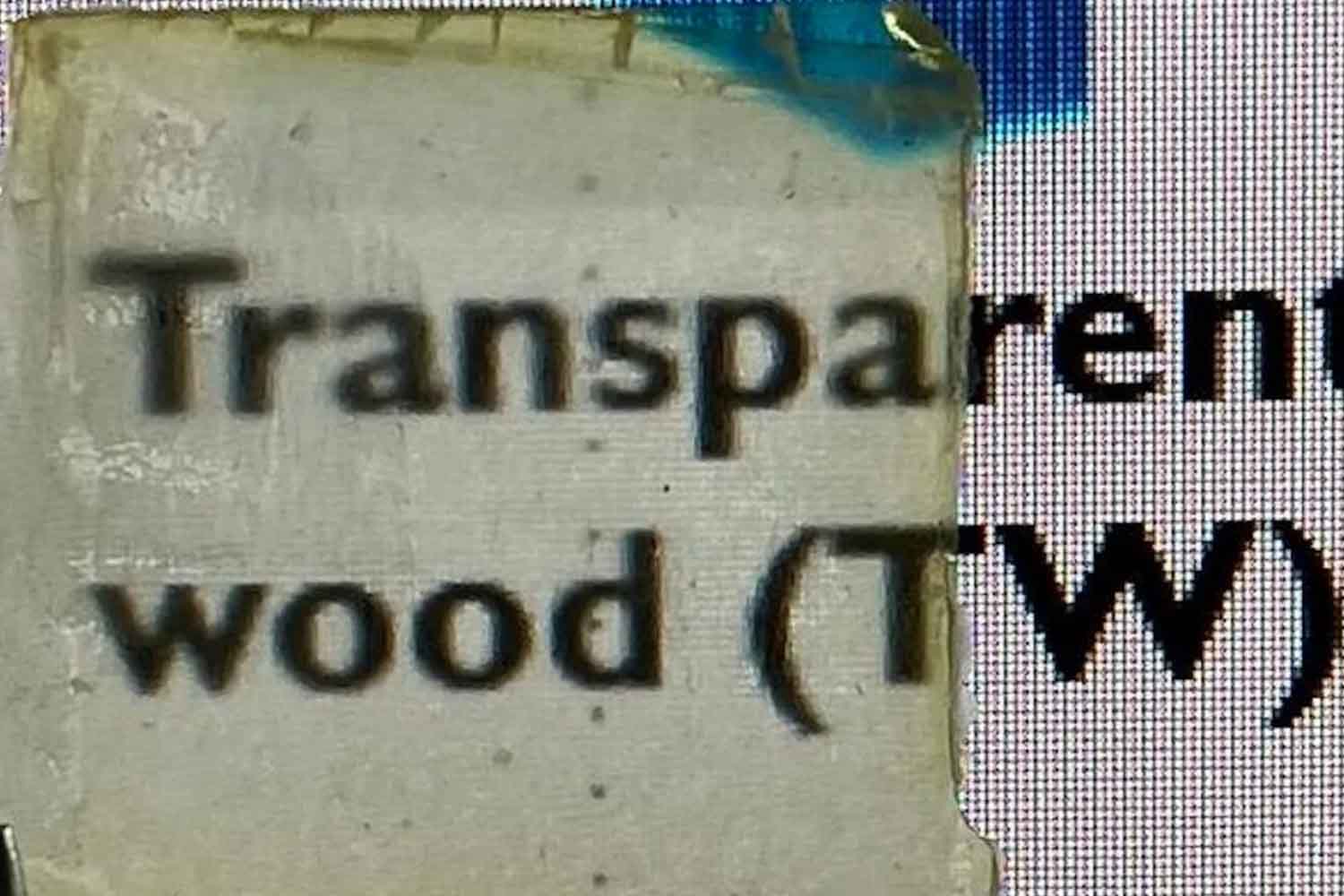A team of researchers has created a semi-transparent wood reinforced with natural ingredients such as rice and egg white, offering a surprising and eco-friendly alternative to traditional glass

©Bharat Baruah
In a lab at Kennesaw State University in Georgia, a quiet revolution is taking place. Chemist Bharat Baruah, alongside student Ridham Raval, has turned a personal insight into a research project with global potential: replacing glass with semi-transparent, biodegradable, and durable wood made from an ancient mixture of sticky rice and egg whites.
At first glance, the idea might seem paradoxical: wood, a material traditionally known for being opaque, as a transparent alternative to glass. Yet, this vision is rooted in Baruah’s childhood memories. Raised in Assam, India, the researcher recalled how certain houses built in the 1500s had survived for centuries thanks to a handmade “cement” made from sand, sticky rice, and egg whites. Those homes still stand today, and this architectural resilience inspired the idea of applying the same mixture to wood.
The team used balsa wood, known for its lightness and rapid growth, and treated it in a vacuum chamber with chemicals such as sodium sulfite, sodium hydroxide, and diluted bleach to remove lignin and hemicellulose. The result was a thin layer of pure cellulose, similar to paper, which was then impregnated with a natural mix of egg whites and rice extract. After careful drying at 140°F, the outcome was a semi-transparent, flexible, and surprisingly durable material in a light brown color.
Transparent wood insulates better than glass
To test its properties, the researchers built two birdhouses: one with a glass window and the other with the new transparent wood. Exposed to a heat lamp, the birdhouse with the wooden panel remained cooler, demonstrating that transparent wood insulates better than glass. This effect is due to the cellulose structure, which diffuses light and limits heat transmission.
The implications are enormous: more thermally efficient windows, cooler buildings, and a reduction in air conditioning use, all without sacrificing natural light.
But the applications don’t stop there. The team has also integrated silver nanowires into the wood’s structure, giving the material the ability to conduct electricity. This opens up new possibilities in fields like wearable electronics, flexible displays, and sustainable solar panels. While silver nanowires are not biodegradable, Baruah hopes to replace them in the future with more eco-friendly materials, such as graphene.
Despite the promising results, transparent wood is still in the experimental phase. The level of transparency needs improvement: the current semi-transparency is a good start, but fully transparent panels will be necessary for commercial use. The scalability of the process also presents a challenge. Treating large amounts of wood requires attention to environmental impact and resource optimization.
Source: ACS
